Osteoporosis - Why Are We Losing Our Bones? - #HP-EVOO - Blog # 93
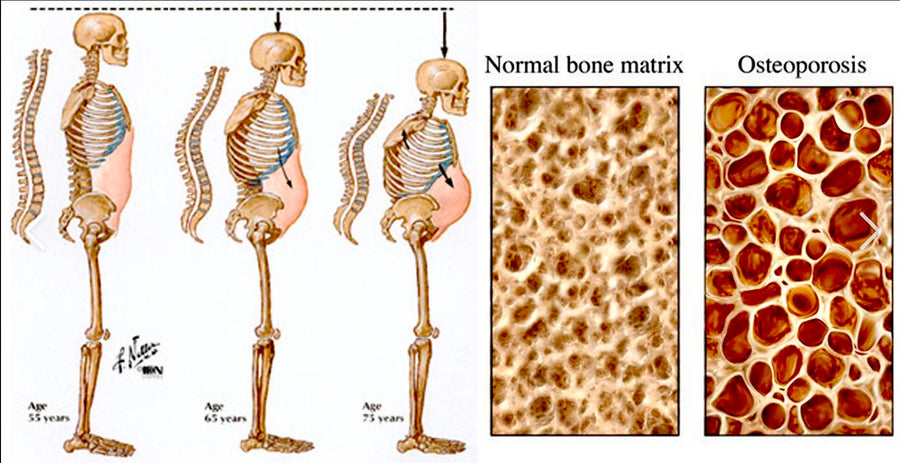
Happy Friday Everyone! Welcome back to another Friday blog! Today I want to take a close look at bone loss - osteopenia (the beginning stage of bone loss) and osteoporosis - Why are we losing our bones? Did you know that 1/3 women and 1/5 men over the age of 50 worldwide have osteoporosis? “Osteoporosis is a multifactorial skeletal disorder, characterized by deterioration of bone microarchitecture and reduced bone mass.” It is a disease marked by significant bone loss and reduced bone strength affecting roughly 10 million Americans aged 50 and older. What exactly is causing us to lose our bones - and what can we do about it? Let's delve in.
- Osteopenia is defined as loss of bone mineral density (BMD) either at the neck of the femur (hip) or lumbar spine, or both.
- Osteoporosis is a BMD value 2.5 standard deviation or more below the normal BMD of a young adult female mean value.
Remember those old commercials… "Got Milk?" and "Milk It Does a Body Good." We all drank our milk to strengthen our bones, right? Guess what - it was a lie put forth by our government and the dairy industry. It resulted in reshaping consumer behavior and drove a significant surge in milk consumption. However, there is no science to back it up and eventually they were forced to remove these commercials. In fact, in linear meta-regression analysis, every 200g milk intake was associated with a 9% increased risk of hip fracture. WHAT??? How can this be? Isn't milk full of calcium? The truth is that bones are made up of 12 main minerals and 64 trace minerals with a collagen matrix – in a mineral balance very much like sea water. Minerals piggy-back on the back of calcium. The primary minerals include:
*Boron *Calcium *Chromium *Iron *Magnesium *Selenium *Silica *Sulfur *Phosphorus *Potassium *Zinc
Calcium is the most alkaline mineral in the body. Our body uses calcium to neutralize an acidic environment to maintain a very delicate and narrow-range pH balance. Cows’ milk is high in calcium and protein but creates an acidic environment that depletes calcium, making it unavailable for absorption - animal protein 58% burned as fuel with 42% sulfur waste. Uses the calcium in the milk to negate the acid waste – leaving no calcium for absorption. Further, these 12 bone minerals are in a collagen matrix. A primary component of collagen is glycine. Glycine is a small amino acid - what is being replaced by glyphosate when we are consuming GMO and glyphosate-sprayed food. Our bones and other tissues will not have the springiness and give that collagen provides - or the matrix with which to continue to grow. This can have a significant impact on bone growth and stability to prevent fractures.
We can see that if we are deficient in our minerals, we will not have strong bones. One way to improve our bones is to replace our minerals. One of the best ways is to include quality sea salt (avoid microplastics) in our diet. Celtic sea salt has 92 minerals - in the same proportion as our bones! Himalayan is also very high in minerals and was formed well before humans came on the scene with plastics. Celtic is special because it contains 3 forms of magnesium - which attracts and holds water. Magnesium deficiency is one reason why we are dehydrated on a cellular level. We are all deficient in magnesium, zinc, and likely most of the other minerals as well. We must filter our water, which removes minerals. Our soil - and therefore our food is deficient. Many minerals are cofactors for enzymes that do hundreds of jobs in the body.
Further, even slight acidity leads to bone breakdown by activating osteoclasts (cell that breaks down bone). The SAD (standard American diet) is high in processed foods, high in processed wheat and grains, sugar and inflammatory seed oils that create an acidic environment ripe for cancer as well as osteoporosis. When you make a good bone broth, you add a bit of vinegar to the water with the bones to enhance bone breakdown. “In healthy humans, the normal range for blood pH is between 7.35 and 7.45. The in vitro studies by Arnett and Dempster demonstrated that osteoclasts, the bone cells that dissolve bone, are activated at low pH (around 7.0) and become progressively less active as the pH approaches 7.4. Conversely, osteoblasts, the bone cells that deposit new bone, work best at a pH of 7.4 and in a more acid environment will not mineralize bone collagen matrix.” With decreased kidney function, urine can be more acidic increasing calcium loss.
As we lose bone density, lead can be released into the body. Heavy metals like lead, mercury, arsenic and cadmium have devastating effects on the bones and the body. Lead –90% of body’s lead burden is held in our bones: found in cosmetics, paint, pipes and water from homes built before lead was banned (1978), household dust - particularly in homes up to 1978, toys (China), heavy use of firearms indoors, foods stored in contaminated vessels and tea from China. Lead has a half-life of 25-30 years in bone. When it is released, it can cause a myriad of symptoms: HTN (high blood pressure), joint/muscle pain, headache, memory and concentration issues, mood disturbances, kidney disease, cataracts, abdominal pain, nausea/vomiting, constipation, liver and pancreas damage and causes the retention of uric acid. Lead is responsible for 1/3 of the cardiovascular deaths and 18% all-cause mortality. Cadmium – impairs kidney function, directly damages the osteoblasts, poisons the kidney enzyme that converts vitamin D to active form of D3, damages the kidney’s ability to excrete toxins and resorb important molecules and minerals, inhibits activity of ALP (alanine phosphatase) which is produced by osteoblasts and required to deposit calcium into newly formed bone, decreases bone collagen stimulating activation of osteoclasts, activates gene expression of “toxic response” further stimulating osteoclast bone resorption. Found in rice grown in contaminated water, being near a smelter or mining operation, toys and jewelry imported from China, foods grown with high phosphate fertilizers, avoid wearing outdoor shoes in the house, dust regularly and use HEPA air filters, cigarettes both direct and second-hand smoke – creates low blood creatinine – causing osteoporosis, fracture, kidney disease, many cancers: lung, pancreas, breast, endometrium, prostate, bladder. Low creatinine <0.5mcg/g = 245% increased risk osteoporosis femoral neck, 197% increase in lumbar spine.
There are many risk factors and contributors to bone loss: smoking, taking antacids, caffeine, alcohol, sodas (phosphoric acid), oral contraceptives, fluoride (destroys oral microbiome, is a neurotoxin, destroys collagen making bones brittle), heavy metals, environmental toxins (glyphosate) and more.
- Chronic stress increases chronic low-grade inflammation that increases osteoclastic activity, steroid drugs, acid-forming diet, high sodium from highly processed foods
- Leaky gut: gluten, dairy and other food sensitivities cause leaky gut, malabsorption of nutrients, Celiac disease is associated with weak bones and enamel.
- Microbiome dysbiosis - our beneficial gut microbes make vitamin K2 that works with vitamin D to take calcium from the arteries and put in bones.
- Inflammatory diet - the SAD drives chronic disease and advances the aging process.
- Vitamin D deficiency is highly linked to osteoporosis - as it is a calcium regulator. Ideal blood levels = 80-100.
- Hormonal influences: higher FSH in post-menopausal women, low progesterone, high estrogens all increase osteoclastic activity.
- Heavy metal exposure: lead, mercury, cadmium and others increase osteoclast activity.
- Environmental toxins - pesticides, herbicides, air pollution, plastics: phthalates and bisphenols disrupt bone metabolism and directly correlates to fracture and osteoporosis in a dose-dependent manner.
So, what can we do to enhance bone building and prevent bone deterioration so that we may remain strong and resilient throughout our lives?
- Avoid calcium supplements - they are poorly absorbed and increase CVD and atherosclerosis – particularly high dose (1200mg) – hardens tissues: arteries, Ca++ deposits/spurs. Get absorbable calcium from food: anchovy, mackerel, sardines, kippers, dark leafy greens, legumes, chia seeds, tahini.
- Increase intake of all your minerals: Celtic sea salt, Himalayan sea salt, dark leafy greens, nuts and seeds and fruits and vegetables.
- Detoxify from heavy metals - lead is deposited in our bones. It can leach out if we are losing bone density, creating many symptoms. Cruciferous vegetables, fiber and herbs help with detoxification.
- Eat organic and non-GMO - avoid glyphosate as much as possible - it disrupts the CYP enzymes involved in detoxification, making everything else more toxic.
- Exercise - weight-bearing exercises, rebounding, resistance training are all exercises that increase bone density. Walking is amazing for building bones, as bones respond to stress. They respond to being sedentary as well, by breaking down.
- Avoid acid-forming foods: caffeine, dairy, meat, hybridized wheat (bread, pasta, cereal), alcohol, tobacco – creates acidic environment in blood. When this occurs, the body pulls the most alkaline substance (Ca++) from the bones to neutralize. Now, there is free calcium floating in the blood that gets deposited onto arteries, bones in the form of bone spurs, joints as arthritis, in kidneys as stones.
- Increase water: drink a minimum of 8 glasses of water/day – ideally, drink body weight in ounces and take a few granules of Celtic or Himalayan Sea salt with each 8-10oz glass.
- Dark leafy greens – full of minerals, calcium and vitamin K.
- Collagen – grass-fed and pastured bone broth is high in collagen that gives bones flexibility.
- VitaminD3: “low vitamin D concentration causes hyperparathyroidism and decreases intestinal absorption of calcium, leading to bone resorption. Vitamin D deficiency is associated with osteoporosis.” Women with fractures demonstrate low vitamin D levels. Ideal bloodwork level is 80-100.
- Sunshine: get plenty of sunshine, particularly early morning to synthesize vitamin D and set circadian rhythm for sleep.
- HP-EVOO - (high polyphenol extra virgin olive oil) lowers inflammation, oxidative stress and helps to restore pH. Polyphenols in EVOO enhance proliferation of pre-osteoblasts, differentiation of osteoblasts (build bone) and inhibit osteoclasts (breakdown bone). "EVOO significantly increased BMD and decreased phosphatase, alkaline phosphatase, IL-6, MDA, and nitrate levels. However, it had no significant effect on the Ca2+ level." A study published in Clinical Nutrition 2018 reported “ Participants in the highest tertile of extra-virgin olive oil consumption had a 51% lower risk of fractures.”
So, until next time my friends…Drink, Drizzle, Digest HP-EVOO at least 4T raw daily, - use more for cooking and drizzling/pouring onto your food - eat the rainbow of organic or wild-sourced or organic veggies (7-9 C) and low-glycemic fruits (to get the rainbow of gut microbes!) - eat wild-caught, pasture-raised, grass-fed - get plenty of sunshine - supplement magnesium, zinc, vitamin D3 + K2 - get your trace minerals and electrolytes with good sea salt - Celtic is hand-harvested and Himalayan was formed before plastics - eat foods high in lutein - drink your body weight in oz of water - get a good pre/probiotic - consume digestible and indigestible fiber for your gut microbes - adaptogens (such as mushrooms) and methylation donors (kale, beets, spinach, cruciferous, lion’s mane…), marjoram, rosemary, oregano, parsley and other herbs to detox, enhance overall health and reverse aging and disease - exercise your body and mind - add a few minutes of mindful meditation to your day to combat stress - take a hot Epsom salt bath and follow with a cold shower/cold plunge - practice “earthing” as an anti-inflammatory - remove EMF (electromagnetic frequency) devices and blue light - use IR (infrared) from incandescent lighting, non-toxic candle or light a fire to enhance sleep and...turn off the light!! #HP-EVOO
This blog is intended for informational purposes only. Discuss strategies with your Healthcare Practitioner.


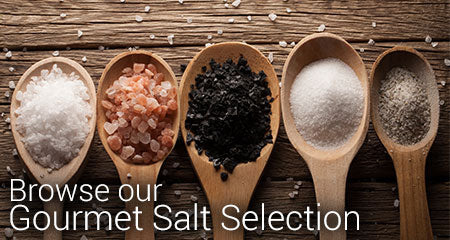
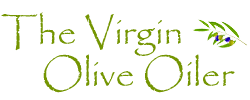
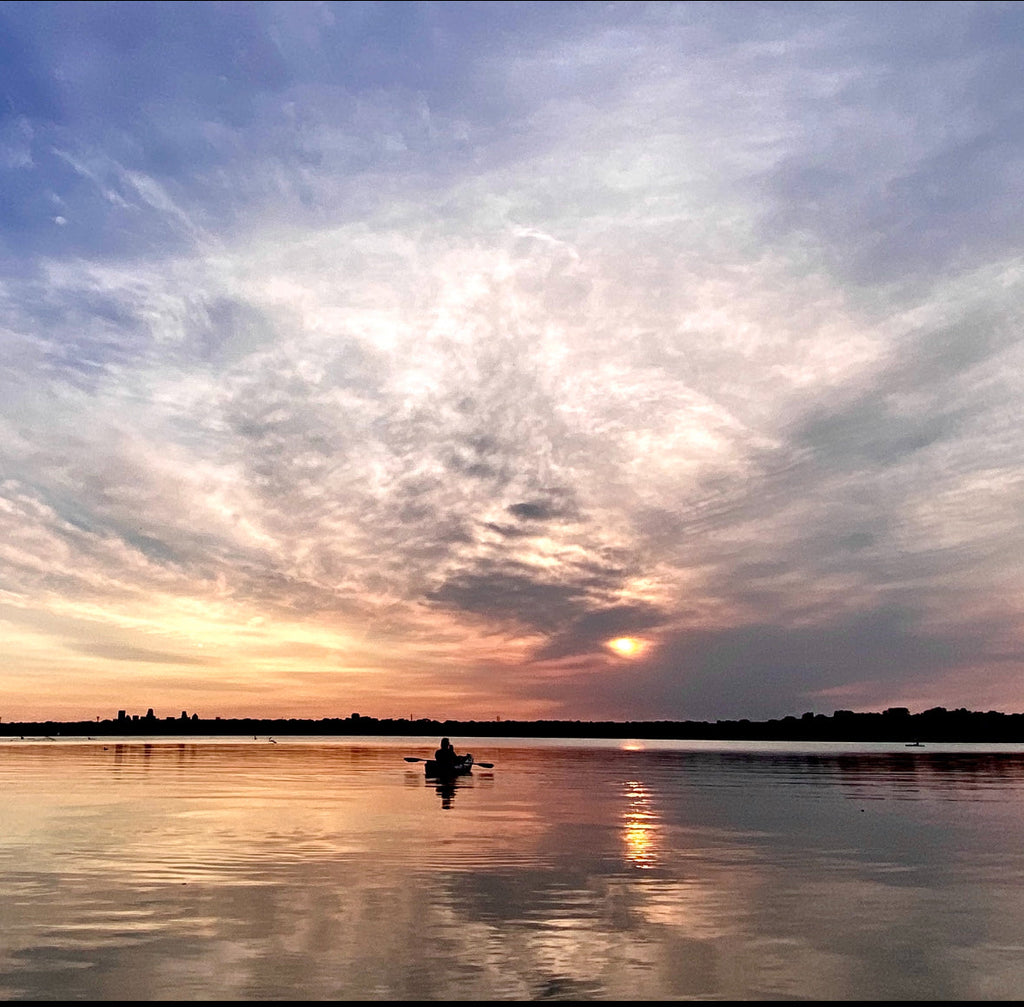
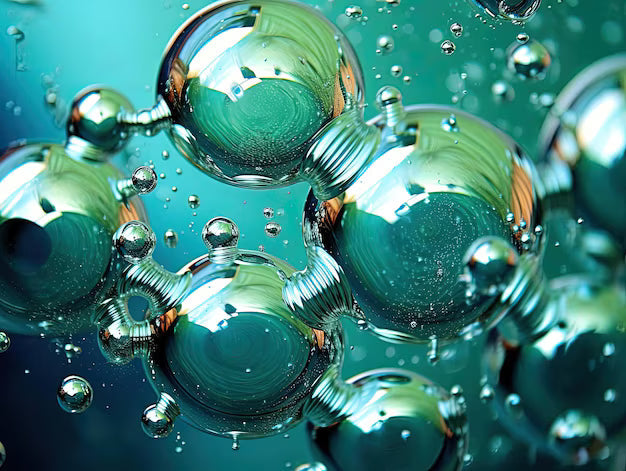
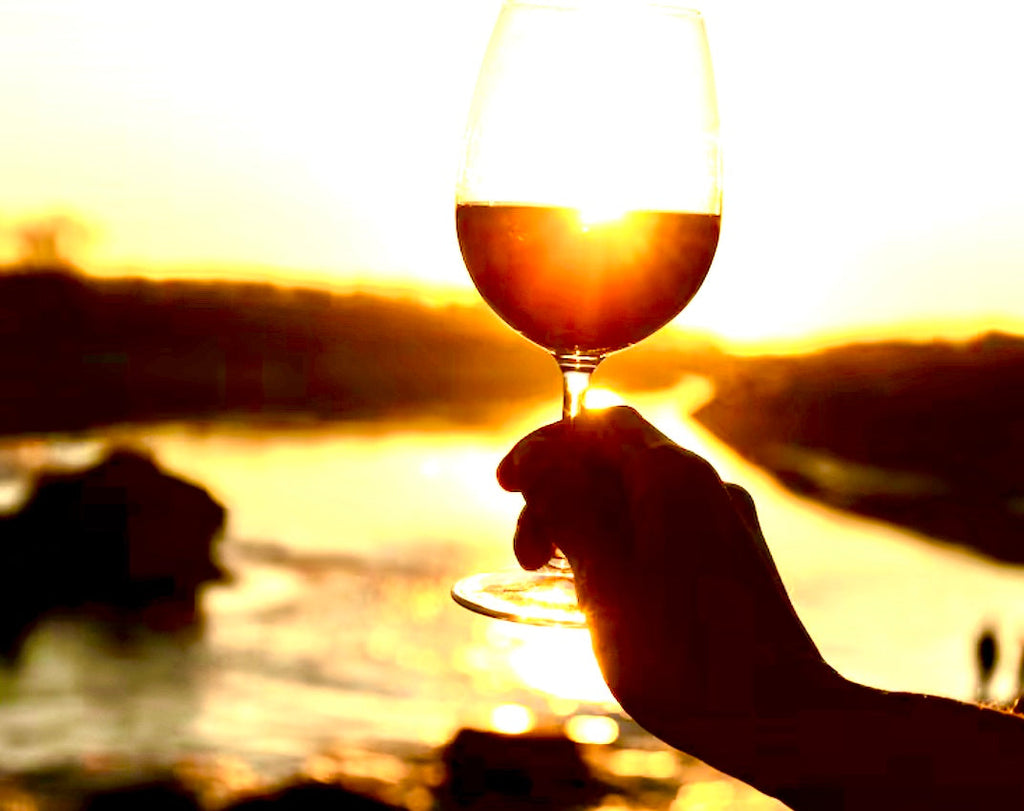
Comments (2)
Excellent advice!
I do add ACV when making bone broth. I also take ACV in a glass of water daily. Am I hurting my bones with these habits?